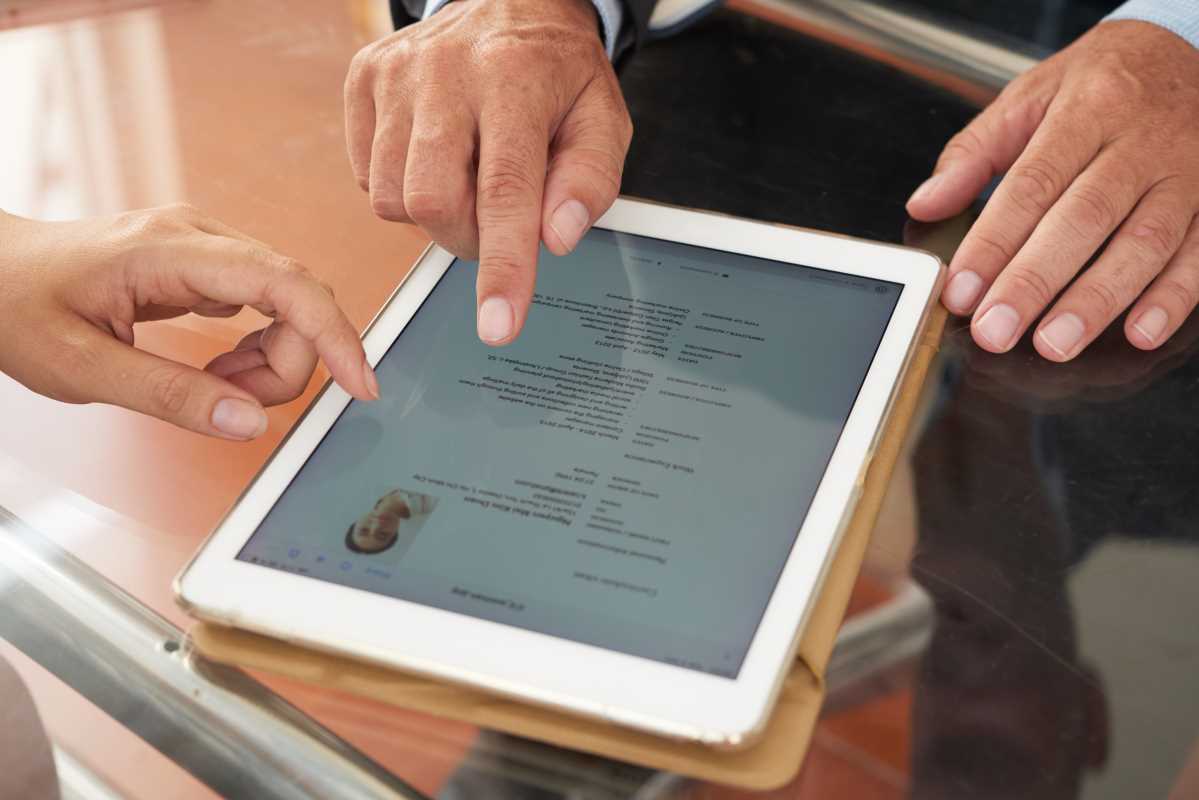Your online portfolio offers a vivid glimpse into your creative and professional universe, showcasing your individuality and the projects you're passionate about. It serves as a powerful tool that helps others grasp your values and capabilities with ease. Creating an impressive portfolio doesn't hinge on flawless technical skills; instead, it demands a well-defined expression of your unique style and intent. By presenting your work thoughtfully, you can effectively communicate who you are and what you bring to the table, inviting potential clients, collaborators, or employers to appreciate your talent and vision.
Each choice you make—from the design and layout to the content itself—reflects your personality and interests. This guide gives you straightforward tips to help you build a space that feels genuine, easy to explore, and memorable to anyone who visits.
Define Your Personal Brand
Your personal brand is the unique signature of who you are as an individual. Think about the qualities that set you apart, and let those guide your design choices and content. When you express your style and values, people can connect on a personal level, which makes the portfolio feel more like you and less like a generic template.
Start by choosing a consistent color scheme and font style that match your vibe. Ask yourself what message you want to send and let that inspire everything from the tone of your writing to the imagery you select. Remember that authenticity builds trust, so keep your profile true to who you are.
Showcase Your Best Work
Only include projects that truly reflect the quality of your abilities. A well-organized display of your best work creates a lasting impression and helps interested viewers quickly decide if your style fits what they are looking for. Consider highlighting key projects that received praise or helped you grow.
Smoothly integrate visuals and descriptions that tell the story behind each piece. Embedding a link on a portfolio that gets noticed can attract attention from employers who value clarity and creativity combined with practical examples.
Keep It Simple and Easy to Navigate
A clean layout allows visitors to find what they need quickly. Avoid cluttering your space with too many elements that could confuse your audience. Simple navigation helps your work shine without distractions.
Here are a few tips for keeping your design straightforward:
- Use clear and concise labels on menu items.
- Organize work into distinct sections.
- Avoid using overly intricate animations that slow down the experience.
- Prioritize readability with ample spacing and a legible font size.
Your goal is to ensure every visitor finds their way around without any hassle.
Make It Mobile-Friendly
More people access the web from their phones than ever before. A responsive design that works just as well on mobile devices can increase engagement and show your attention to detail. Before finalizing your portfolio, test it on different devices to handle various screen sizes.
Small tweaks can make a big difference. Optimize images and check that your links and buttons are easy to tap. A mobile-friendly layout helps visitors enjoy your work without needless frustration, creating a smoother overall experience.
Use Visuals That Pop
Visual elements make your portfolio lively and engaging. High-resolution images, subtle animations, and attractive graphics are excellent tools to highlight your work and personality. Using the right visuals attracts viewers and encourages them to explore the rest of your content.
Consider these examples for visuals that stand out:
- Clean, high-quality photos of your projects.
- Graphics that reinforce your color scheme and design choices.
- Infographics that explain your process in a fun way.
Choosing visuals that complement your text can turn a simple page into an inspiring journey through your work.
Add Social Proof and Testimonials
Including reviews or testimonials can boost the credibility of your portfolio. When real feedback appears alongside your work, it builds trust and shows that others appreciate your skills. Invite colleagues, clients, or mentors to share their honest thoughts about your contributions.
Show a few short testimonials with names or subtle identifiers. A positive comment or two can make your portfolio feel more welcoming. It also gives readers a sense of confidence that you deliver on what you promise.
Keep It Updated and Relevant
Keep your portfolio up to date to showcase your latest skills and achievements, removing outdated projects that no longer reflect your expertise. Regular updates help you stand out and ensure visitors see your best work.
Review your work and highlight what makes you unique. Create a clear, high-quality portfolio that reflects your personal journey and shows your best self.







